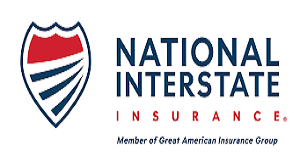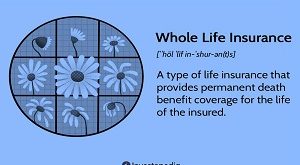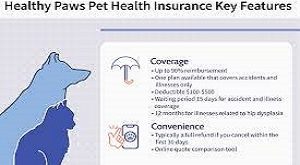What is Term Life Insurance?
Term Life Insurance provides coverage for a specified period (e.g., 10, 20, or 30 years). It pays a death benefit to your beneficiaries if you pass away during the term. If you survive the term, the coverage ends, and there is no payout.
Key Features:
1. Fixed Premiums: Level premiums for the duration of the term.
2. Specific Term: Coverage for a defined period (e.g., 10, 20, or 30 years).
3. Death Benefit: Tax-free payout to beneficiaries upon your passing.
4. No Cash Value: No accumulation of cash value, unlike whole life insurance.
Types of Term Life Insurance:
1. Level Term Life: Premiums and death benefit remain level throughout the term.
2. Decreasing Term Life: Death benefit decreases over time (e.g., mortgage protection).
3. Increasing Term Life: Death benefit increases over time (e.g., to keep pace with inflation).
4. Convertible Term Life: Option to convert to permanent life insurance.
Benefits:
1. Affordability: Generally less expensive than whole life insurance.
2. Flexibility: Choose your term length and coverage amount.
3. Simplified Underwriting: Often faster and easier application process.
4. Tax-Free Death Benefit: Beneficiaries receive tax-free payout.
Who Needs Term Life Insurance?
1. Income Earners: Replace income for dependents.
2. Parents: Provide for children’s education and upbringing.
3. Mortgage Holders: Pay off outstanding mortgage balance.
4. Business Owners: Protect business partners, employees, or heirs.
Factors Affecting Premiums:
1. Age
2. Health
3. Lifestyle (smoking, etc.)
4. Occupation
5. Family Medical History
6. Coverage Amount
7. Term Length
Average Cost (Monthly Premiums):
1. 25-year-old, non-smoker, $250,000 coverage (20-year term): $15-$30
2. 35-year-old, non-smoker, $500,000 coverage (20-year term): $30-$60
3. 45-year-old, non-smoker, $250,000 coverage (20-year term): $50-$100
Top Term Life Insurance Companies in the USA:
1. Northwestern Mutual
2. State Farm
3. Allstate
4. MetLife
5. Prudential Life
6. Transamerica
7. New York Life
8. Lincoln National
9. Guardian Life
10. USAA (for military personnel and families)
Riders and Add-ons:
1. Waiver of Premium Rider: Waives premiums if you become disabled.
2. Accidental Death Benefit Rider: Increases payout for accidental death.
3. Critical Illness Rider: Provides lump-sum payment for serious illnesses.
How to Choose:
1. Assess your needs (income replacement, mortgage protection, etc.).
2. Research and compare policies.
3. Consider riders and add-ons.
4. Consult a licensed insurance agent or financial advisor.
Regulations and Resources:
1. National Association of Insurance Commissioners (NAIC)
2. Insurance Information Institute (III)
3. State insurance departments








